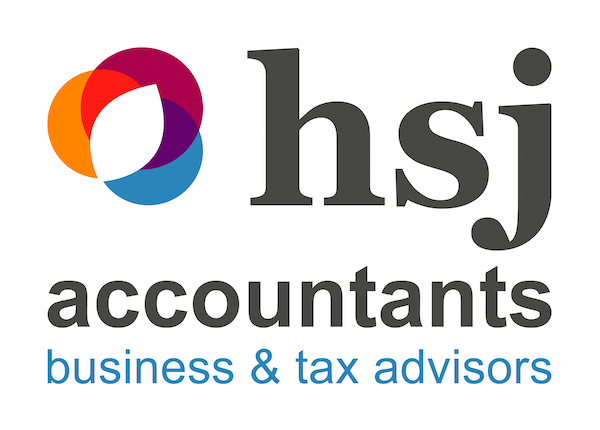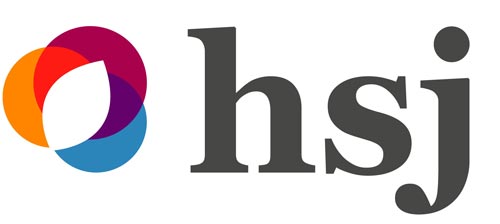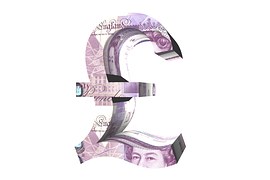April is fast approaching and with it come changes to many rules, rates and allowances that will affect both business and personal finances.
In this guide we highlight some of these changes to give you better understanding of the ways these could affect you. We also look at the opportunities worth considering before the end of the tax year, along with some of the ways you may be able to reduce your current year’s tax liability.
Personal tax
Personal allowances
Generally the personal allowance is £10,600 with entitlement to a maximum of £10,660 for those born before 6th April 1938. Conditions and restrictions apply to the entitlement over £10,600. Non-savings and savings income above the personal allowance is taxed at rates from 20% to 45%.
Some taxpayers with very modest savings and income may only pay 10%. The basic rate of tax increases to the higher rate for taxable income over £31,785 and to 45% when taxable income exceeds £150,000.
A higher marginal tax rate may be payable between £100,000 and £121,200 when the personal allowance is gradually withdrawn giving an effective marginal rate of 60% in this band for non-savings and savings income.
In some cases, you can transfer £1,060 of your personal allowance to your spouse or civil partner.
Planning
- Is everyone in your family taking full advantage of their personal allowance?
- Are there opportunities to utilise any unused allowances this tax year?
- What can you do to take advantage of marginal tax rates and reduce the slice taxable at a higher rate?
Capital gains tax
Ordinarily, each person is entitled to make a tax-free gain up to £11,100 (or up to £5,550 for trusts). Thereafter, gains are taxed at a rate that is income dependent. Where taxable income is less than £31,786 the capital gains tax rate for gains up to the spare basic rate band allowance is 18%. Thereafter, this rises to 28%. The rate applicable to a trust is 28%.
For business owners entrepreneurs’ relief gives rise to a lower rate of 10% for qualifying gains which provides for a maximum reduction in tax of £1,800,000 (if the gain were £10 million, the current upper limit).
Planning
-
What tax can be saved by maximising the advantage of family member tax-free exemptions?
-
Should an asset that is going to be sold in the future be transferred into joint names?
-
If a gain is going to be realised are there other assets which are standing at a capital loss that can be used to reduce the quantum of your gains?
-
If tax is due, are there ways of deferring or rolling over the gain?
Our Year End Tax Guide has information and advice on:
- Dividend taxation
- Personal savings allowance
- Inheritance tax
- Pension contributions
- ISAs
- Tax credits
- Property
To continue reading our Year End Tax Guide>>>>



